What to Plant Now: 6 Perfect Winter Veggies
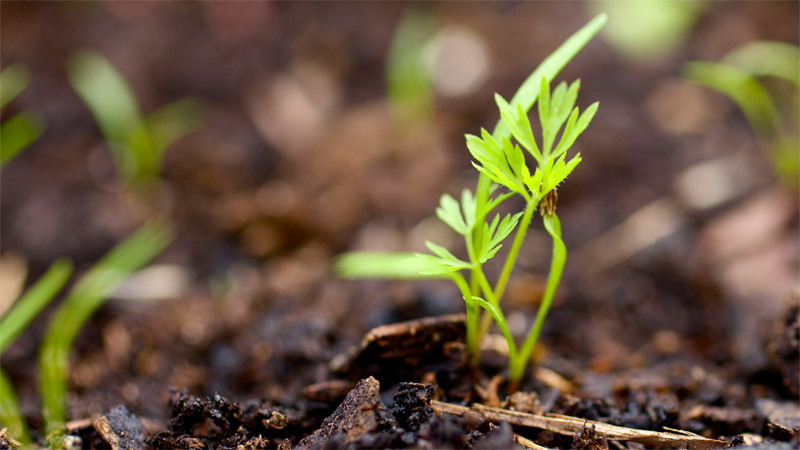
Many of the foods we love are grown in extremes — the edges and shifts of weather found with seasons. I’ve decided consistent, predictable weather makes it easier on the gardener but it’s the margins of weather, heat filled days and equally crisp, winter days that make flavor come alive.
This may not be true for all fruits and veggies, but when I think of the seasonal sweethearts, those foods that make a season a season, it’s the crops grown with an extra dose of heat or cold that taste amazing. Wine made from grapes grown in an exceptionally warm summer tend to be champion vintages, sugars are rounded and subtle flavors brought forward. It’s the same with dry farmed tomatoes and the choicest of blackberries — heat and scarcity of water at just the right time create flavor unequalled by consistent conditions.
Winter crops are not so different. Cold can heighten and concentrate sugars and other flavors in much the same way as heat. Pomegranates come alive, ready for harvest as temperatures drop in fall. And there’s nothing better than carrots seeded when the weather is mild and gathered well after the first frost.
Common knowledge and circadian rhythms tell us spring is the time to get busy, “hurry up, the world is coming to life”. But winter is coming and with it is a whole bunch of life.
You can make the most of winter by growing the right crops — no matter your climate. And count yourself lucky if you’re gardening in the cold.
Here are 6 veggies to try:
- Carrots — they’re a given, especially if you have children. Nantes are my favorite but I generally plant a variety. See What to Plant Now for growing tips.
- Sugar snap peas are only disappointing if the snails get them first. Or grow them simply for their shoots. They’re easy to plant, even for the smallest of hands, and if planted successionally they can be added to salads and sandwiches day in and out.
- Baby greens are perfect, especially if you’re limited on space. They can be scatter seeded and don’t require thinning but will be happier if you trim and harvest leaves regularly. Grow baby kale, chard or a chef’s mix.
- Anything brassica — broccoli, cauliflower, cabbages, turnips, rutabaga, collards, etc.
- Fava Beans — they make a wonderful cover crop and, if left to flower, can be used in much the same way as sugar snap peas.
- And what would life be without beets?
Listen
Buy The Book
Special offers
Newsletter Signup

Archives
Disclosure
Pass The Pistil is a participant in the Amazon Services LLC Associates Program and other affiliate programs such as Etsy, affiliate advertising programs designed to provide a means for sites to earn fees by advertising and linking to curated affiliate sites.


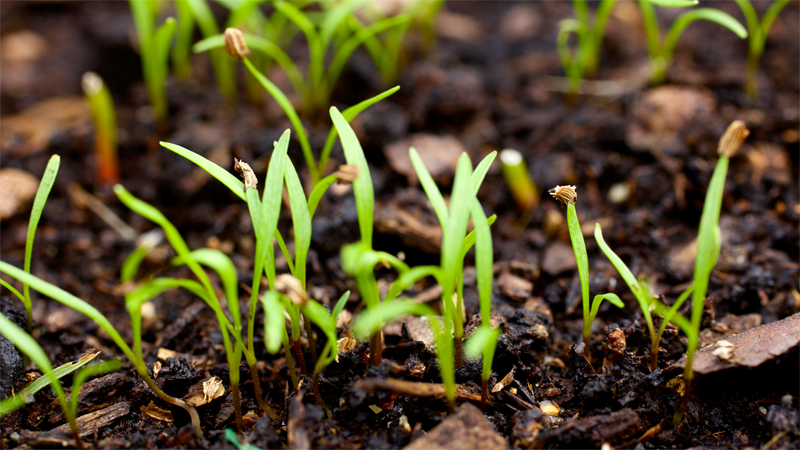
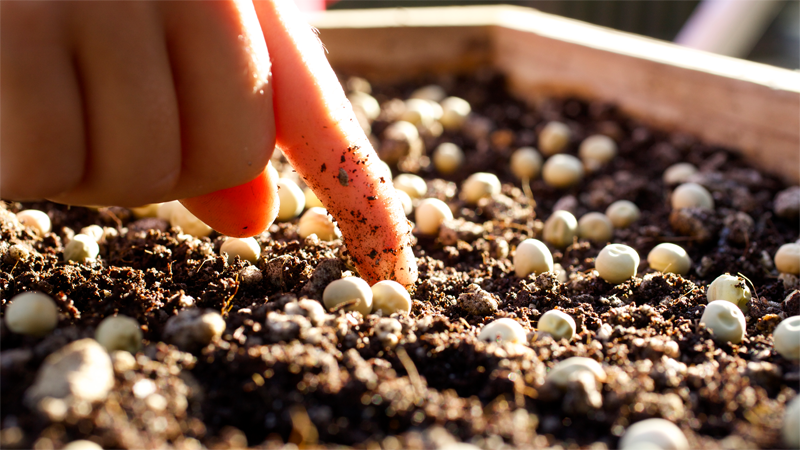
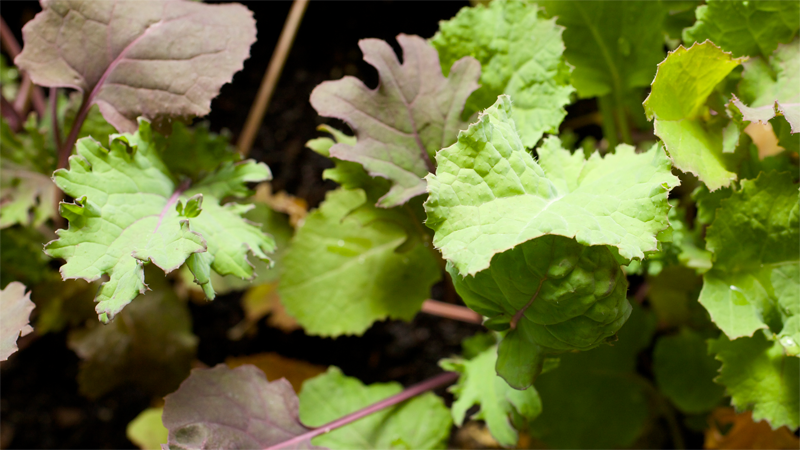

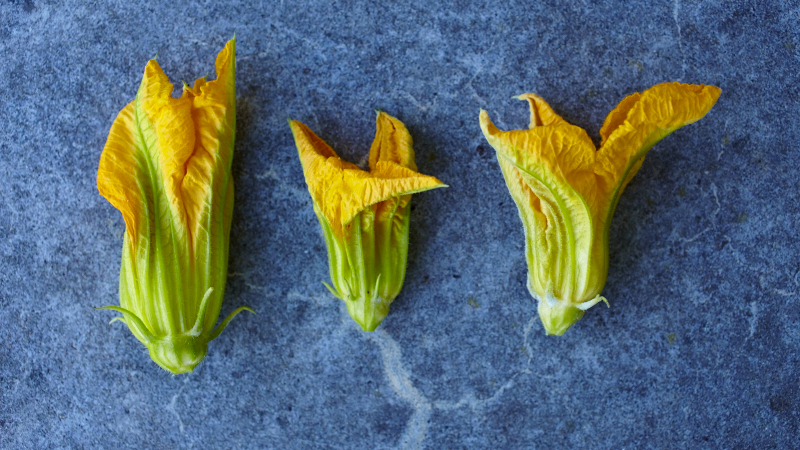






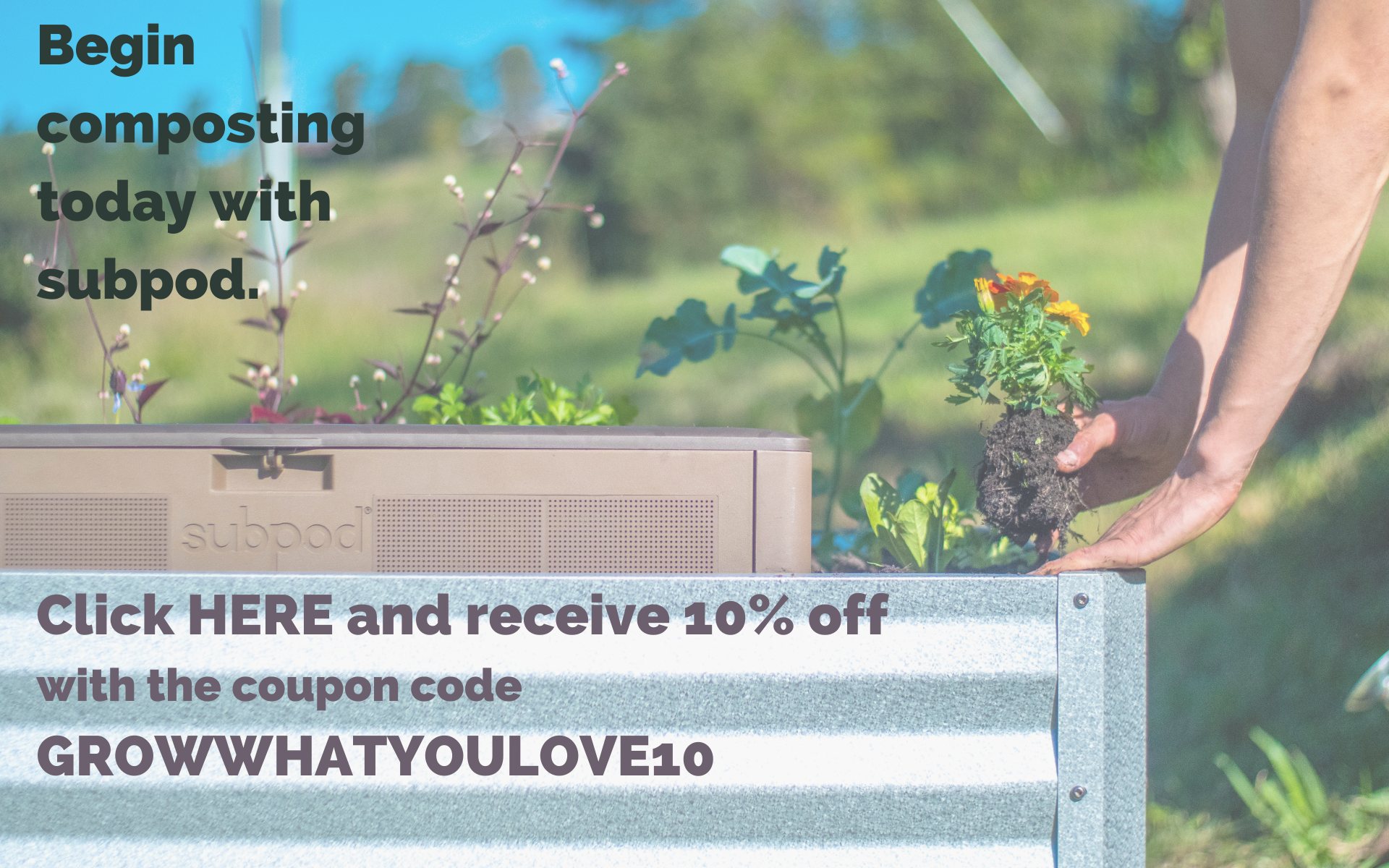


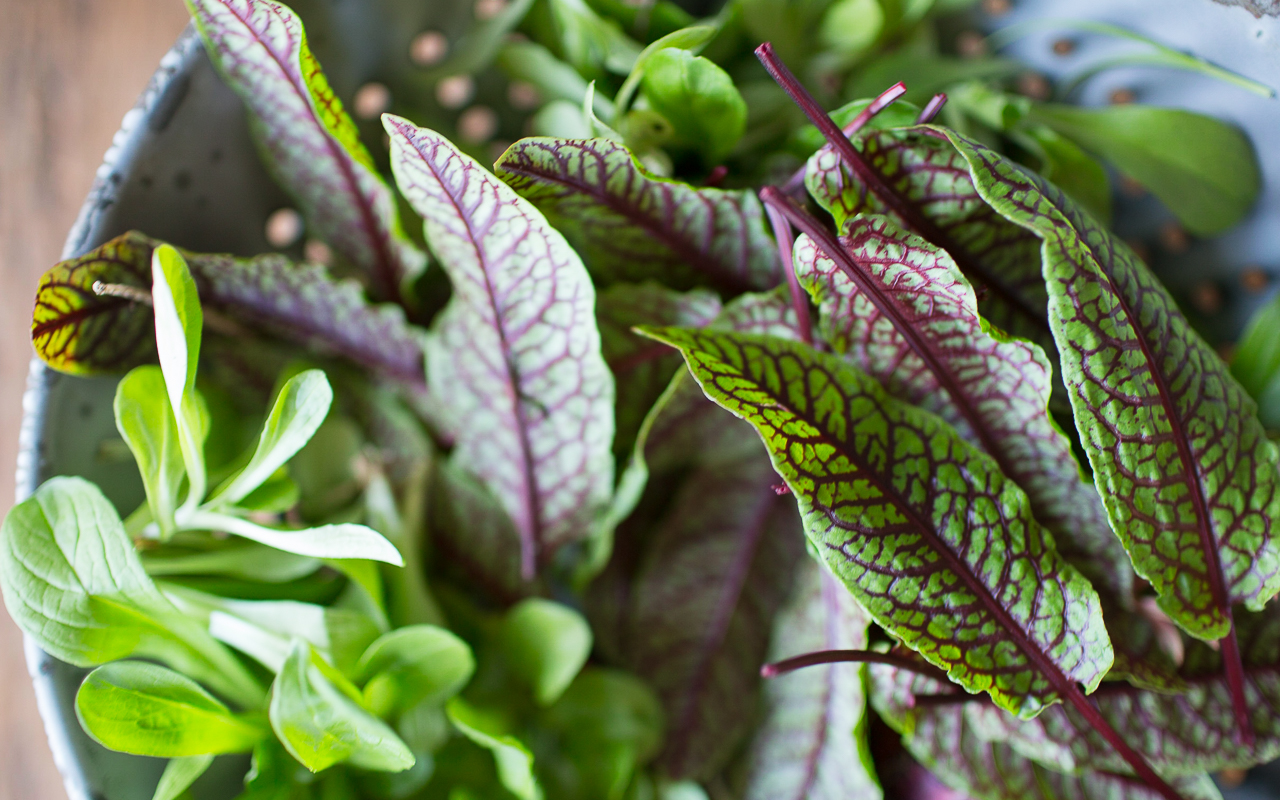
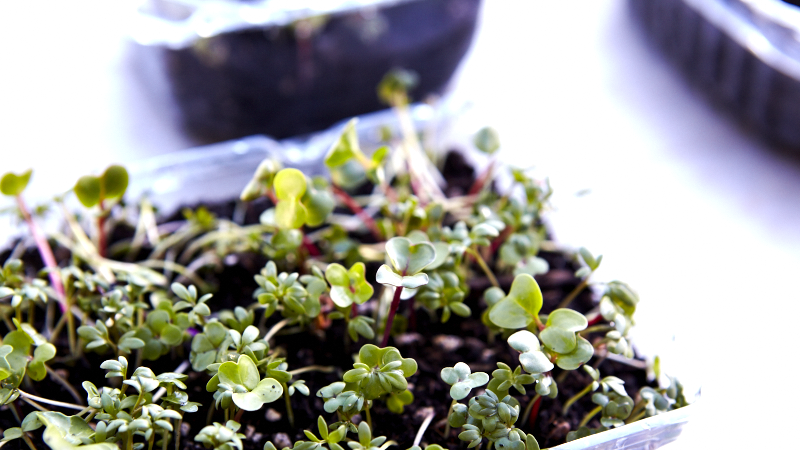
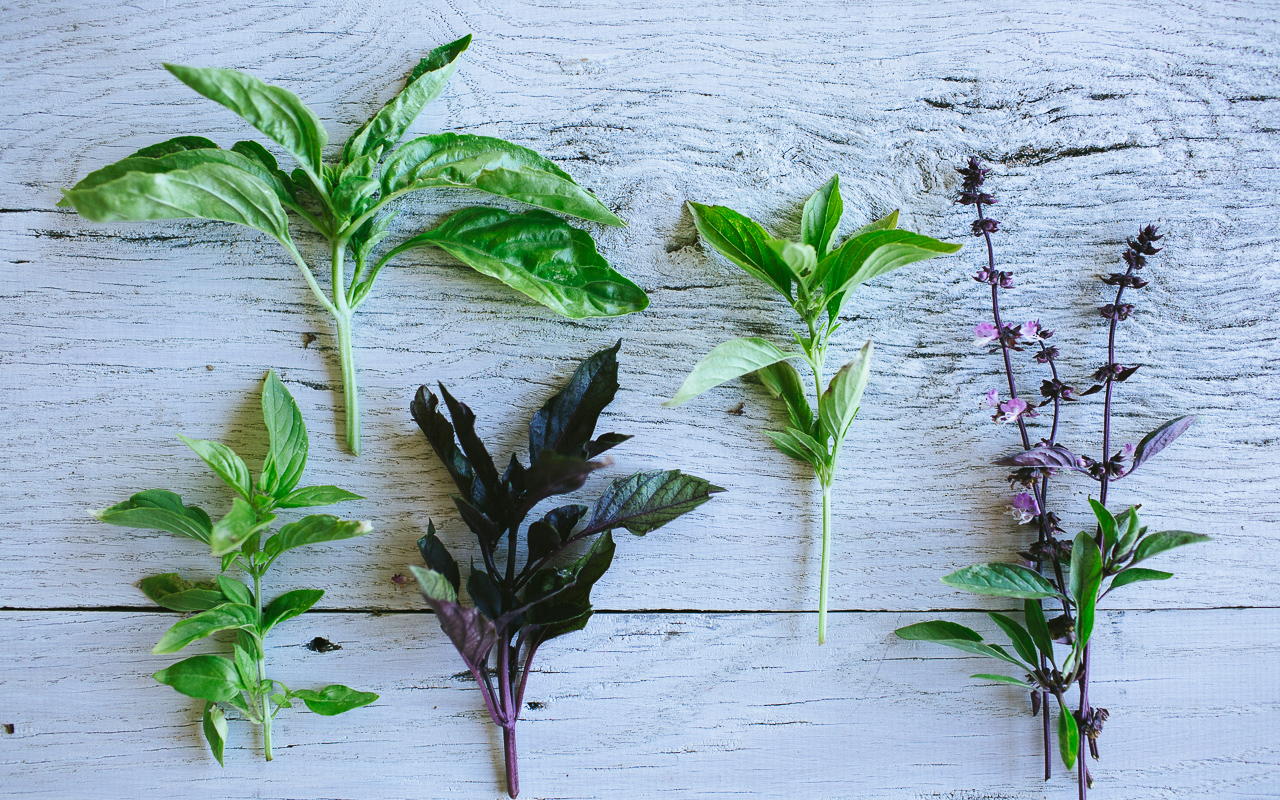
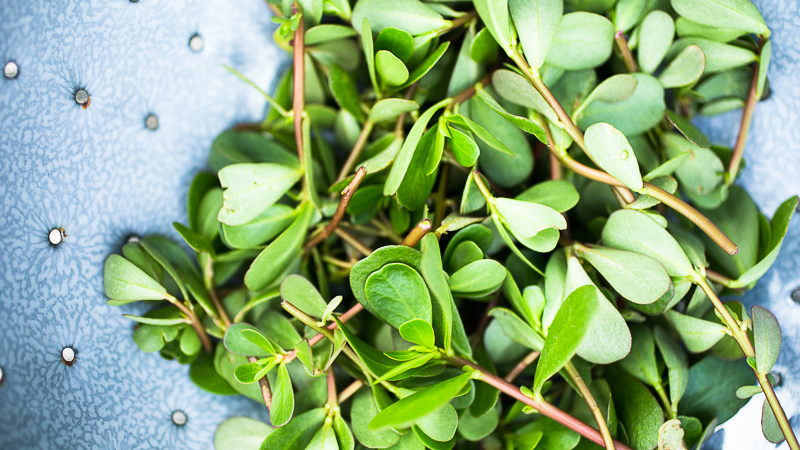


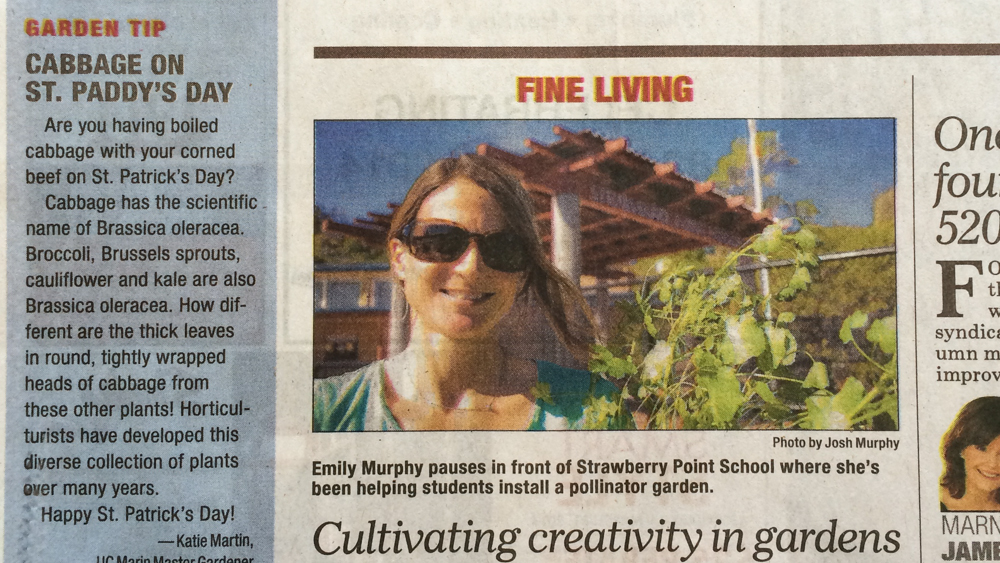
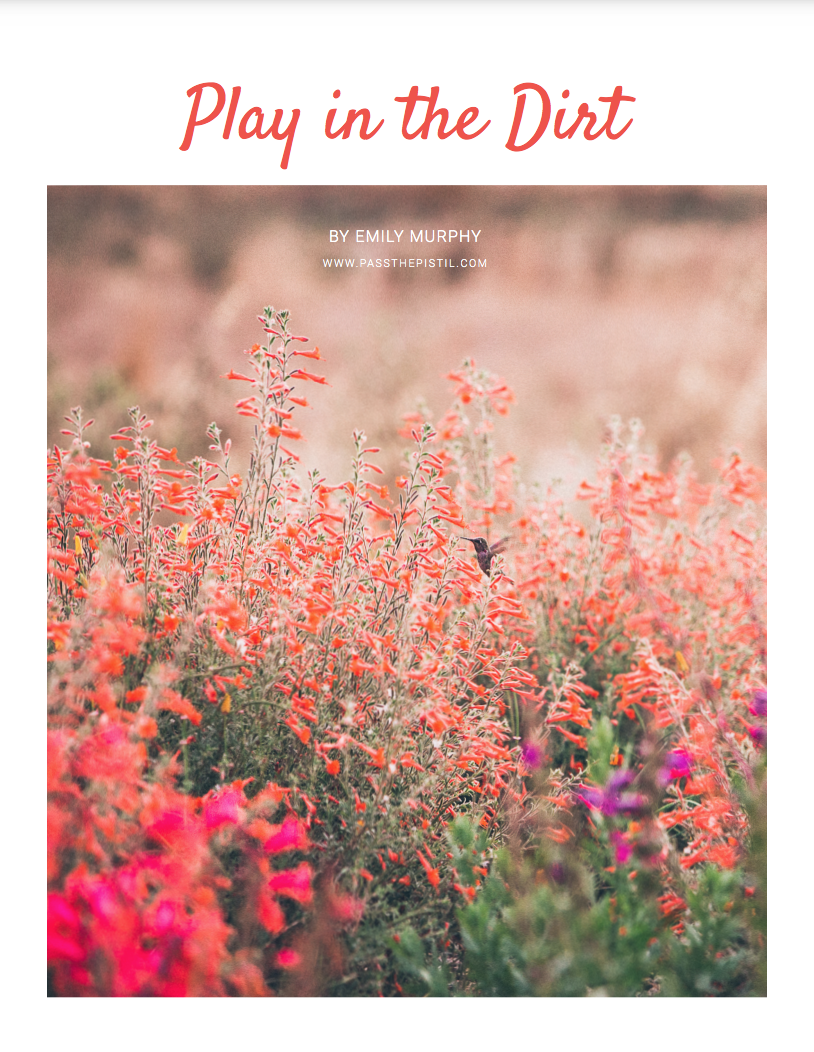
What regional re the two of you in? I have grown lettuces this time of year, but never have I tried the others you have suggested. I need to get digging and looking for seeds!
Hi Jeanie, I’m currently in USDA zone 10 but gardened for years in zone 6a (but behaved more like zone 5b). It’s possible with mulch, row covers or a modest cold frame to extend your growing season into the shoulder seasons or even winter.
Lovely post; thank you for sharing. I spent the morning weeding, reseeding sparse areas. So far the carrots, beets, peas, lacinato kale, spinach and lettuce bed are looking good in the kitchen garden. I planted mache, winter kale and red mustard this morning, too. In the field garden, the mixed greens (turnip, kale, mustard) are fully grown and awaiting an early frost to add that lovely flavor. Oh, and in the redneck garden (flower beds facing the road that I’ve commandeered into vegetable beds (ha) are packed with Brussels sprouts, cauliflower, broccoli, cabbage and collards.
This is the first I’ve grown mache. Have you grown it? I met a wonderful lady from Germany in our local nursery who recommended it. She said she grew it all winter last year, even in freezing temperatures.
I haven’t grown mache but it’s on my list. Sounds wonderful. Your garden sounds wonderful too! You’re much farther ahead than me, I just have my green sprouting from seed at the moment. It’s still too hot to put them in the ground. Very strange weather. Who knew we’d have a heat wave in October?